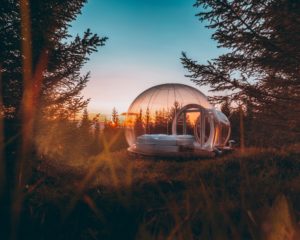Geysir: An Icelandic Treasure
By Taylor van Biljon
Experience one of the most explosive sights that Iceland has to offer
Geysir: An Icelandic Treasure
By Taylor van Biljon
Experience one of the most explosive sights that Iceland has to offer
Iceland’s Great Geysir cannot be missed, especially on a Golden Circle visit. Home to nearly thirty reported geysers, Iceland’s historical record has mentioned the presence of these explosive phenomena as early as 1294 in the saga Oddaverja annáll. Some of these have since slipped into dormancy, while new openings in the ever-active surface of the island continue to form.
What are geysers?

A geyser, much like the Northern Lights, is a natural phenomenon that can only happen upon the serendipity of multiple factors occurring at once. For geysers, these factors are the presence of hot rocks underground, a bountiful groundwater source collecting in an underground cavity, and of course, an opening where this superheated water can escape to the surface.
Geysers erupt because the boiling hot water expands after being confined- creating a steam explosion. Due to regular geologic activity in Iceland, it is not uncommon for geysers to be changed, or newly formed. Things like seismic activity, weather, or even the build up of minerals in the water can “clog up the pipes”, so to speak, and change the frequency or the way in which the geyser can erupt.
As windows into the Earth, geyser activity can also warn us of underground changes. Studying these changes is one of the ways in which scientists learn about volcanic eruptions, and how to better predict them. Geysers are a rare look into the inner workings of our living planet, and are a rare treat in a world where the movements of nature are often imperceptible, or too small to often see.
The study of geysers is even informing our study of space and our evolving understanding of the surfaces of other planets. Though some of these great steam giants are many generations old- like many things in Iceland, they are contrasted by the very new. There are a few geysers still that are unnamed, and it is conceivable to expect that more may be born or lost in the future.
PLAN YOUR JOURNEY
Travelling to Iceland?
Check our overnight tours with a driver guide that includes a one night stay in a bubble.
*Starting from ISK 59.900 per person
Geysir vs. geyser
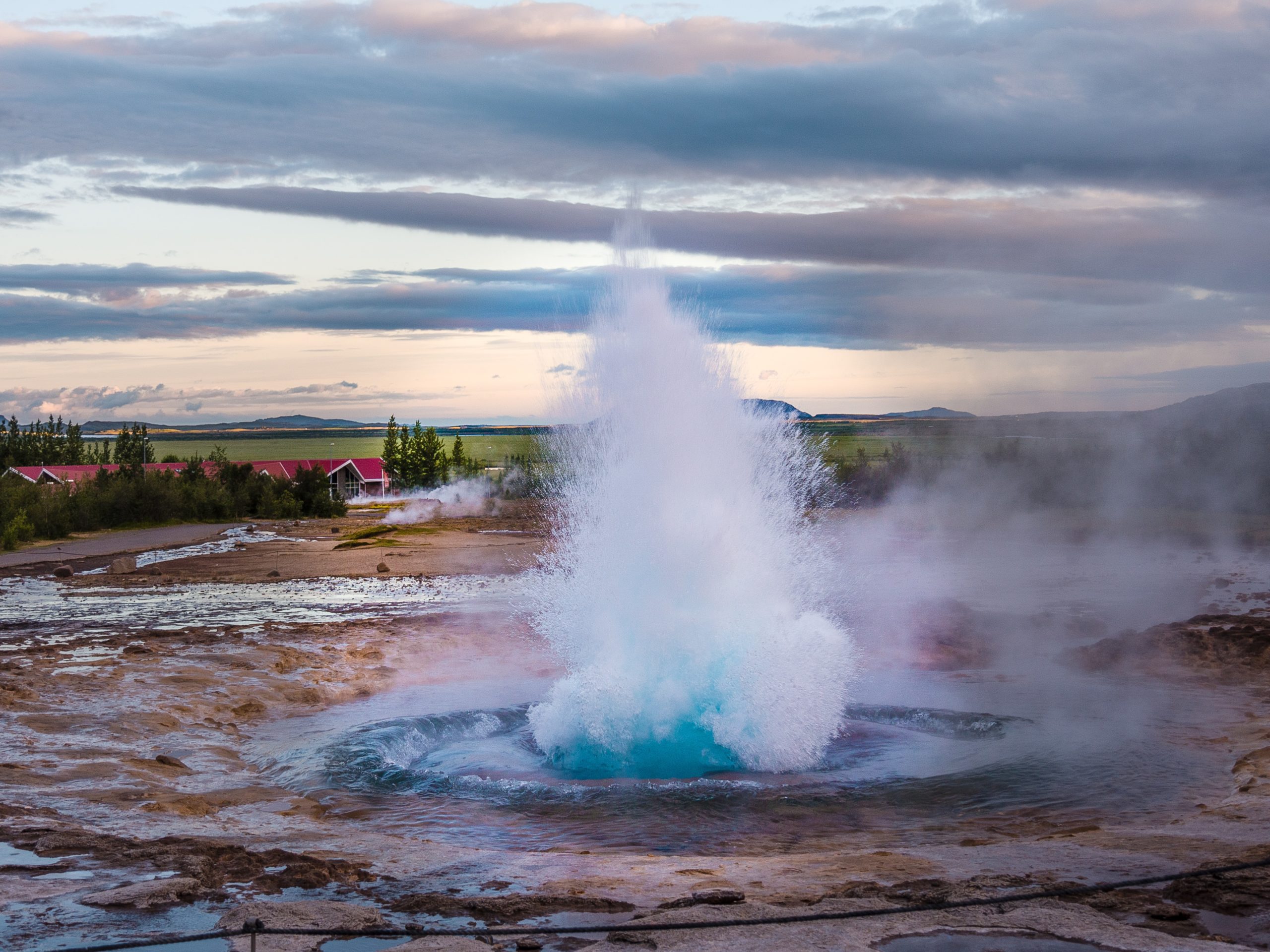
Did you know that the English term “geyser” comes from the Icelandic word geysir ([ˈceiːsɪr̥])? This word comes from the verb geysa, which means “to gush”. One of the rarest natural occurrences in the world- geysers only occur in five countries.
While the word “geyser” is used to describe the actual object, in Iceland, Geysir is a name for a specific geyser in the Golden Circle. Also known as “The Great Geysir”, it is one of the most famous, despite not being a very common eruptor. The last known eruption of this centuries old geyser was recorded in 2016. Before that, we hadn’t seen an explosion since 2000! Typically, geysers erupt randomly and at irregular intervals, though there are some that do keep a fairly tight schedule. One of these is the nearby neighbor of Geysir, Strokkur.
Where are Geysir and Strokkur?
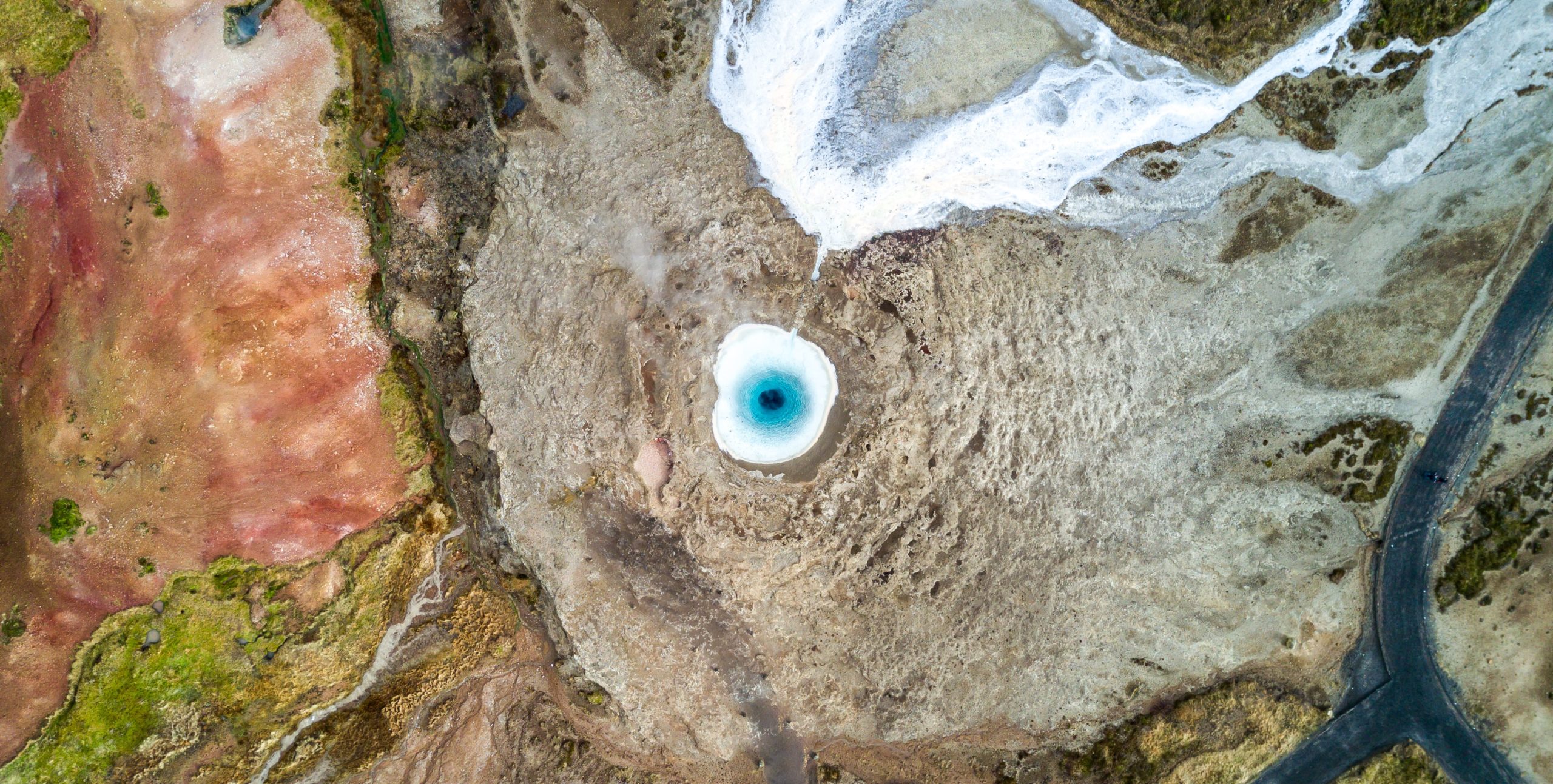
Nested in the Haukadalur Valley of the Golden Circle, Strokkur is surrounded by active earth. This area boasts otherworldly colors, roiling fumaroles, bubbling geothermal mud pits, and hot springs straight from the magma-hot depths of the island. And though Geysir mostly slumbers these days, Strokkur is not alone! Accompanied by multiple smaller geysers and electric blue pools of heated water, Strokkur is currently the biggest performer in the area, reaching nearly 30-40m. (100-131ft.) into the air!
How long should you spend there?
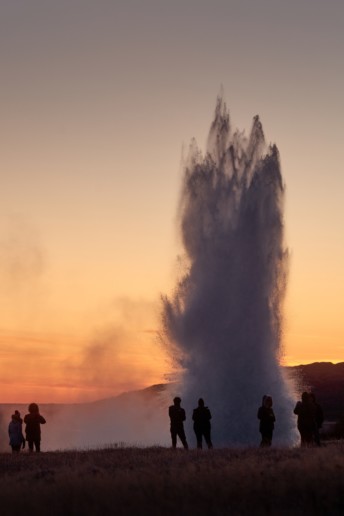
Eruption intervals for Strokkur vary from 5-10 minutes, but at this time it is certainly possible to catch an eruption if you have about fifteen minutes to spare with this powerful giant.
If you’re taking a more leisurely approach to the Golden Circle, we highly recommend grabbing a coffee at the nearby cafe, and cozying up on one of the benches for a front seat! Taking in a few episodes of Strokkur’s dramatic effluence is both a historic and natural wonder to behold.
Take care to stay on the paths during your visit, as much of the tempting water can reach around 80-100°C (176-212°F) on the surface- and is even hotter underground!
How to get to Geysir and Strokkur
Nearly 100km from Reykjavik, Geysir and Strokkur are easy to visit. Accessible from Reykjavik via routes 37 and 35, the geysers are one of the many jewels of the Golden Circle area.This area is wheelchair accessible and outfitted with a car park, walking paths, and intermittent bench seating throughout the zone. There is a restaurant and facilities nearby in the Geysir Visitor’s Center. There is no entry fee to this natural area, and you can even leave the driving to us, on our Golden Circle tour.
Fun geyser fact!
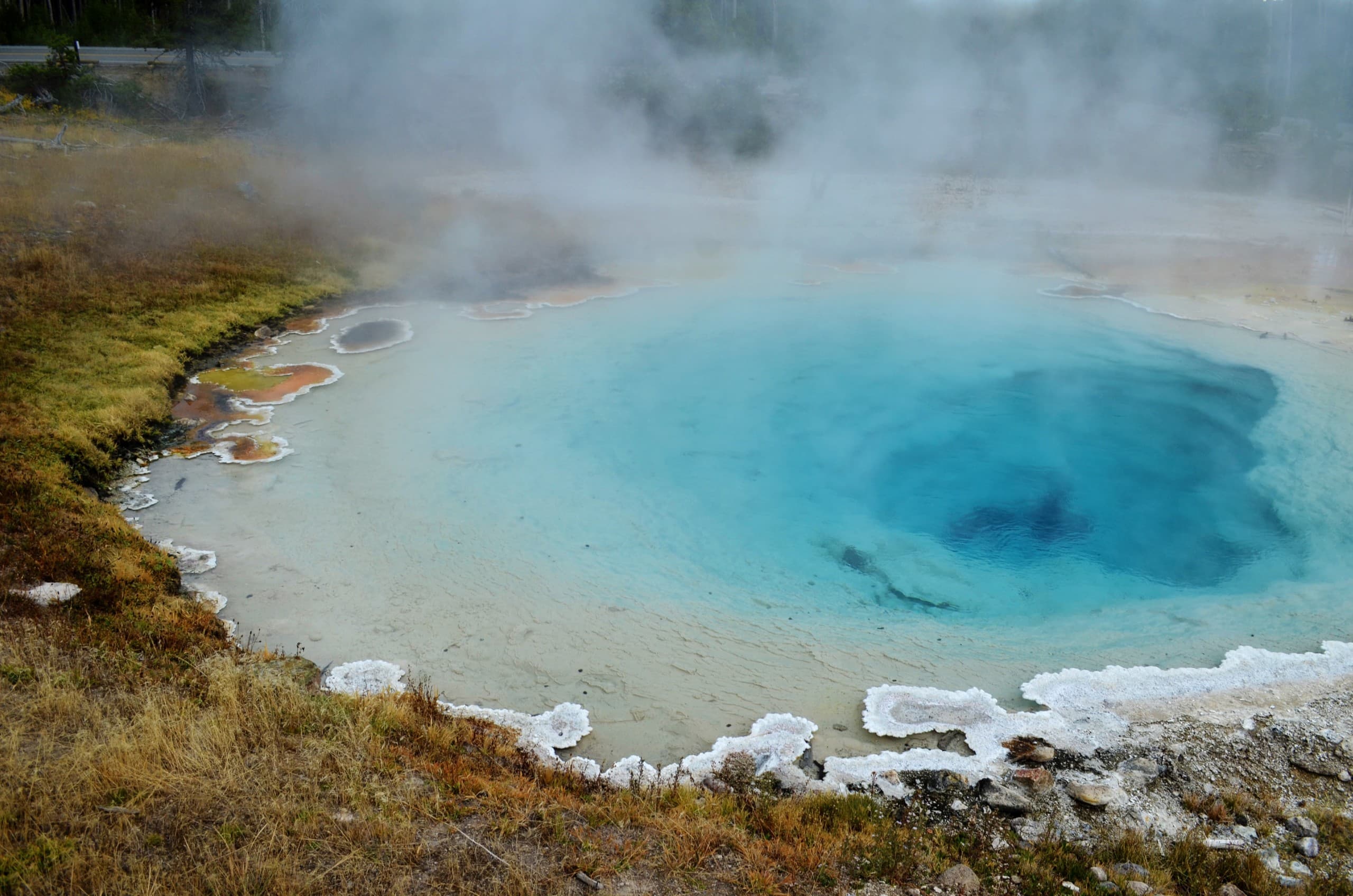
Have you ever used a Bunsen burner? When you watch the geysers- know that you’re standing in nearly the same spot as German scientist Robert Bunsen, who came to witness the spectacle of Iceland’s steam giants in 1846. His descriptions, data, and experimental insertion of a thermometer into the geyser itself formed the foundation for some of our earliest explanations for how geysers work.
When he visited, he was actually watching the eruptions of the geyser we now call “Litli Geysir”, as that was the active system at the time. Over time Litli Geysir became dormant, and is no longer creating the same kind of massive spouting as its now regular sibling Strokkur.
It is not known exactly when this change occurred, but Icelandic physicist Þorkell Þorkelsson noted that Litli Geysir was only just bubbling by 1896, as it continues to do so today. These changes are not infrequent or irreversible, and perhaps in the future- even Strokkur will lay down the mantle in favor of a young upstart as well.
Like many things in Iceland- the geysers tell a long and winding story of an evolving Earth, and their ephemeral gift is a chapter of time that belongs only to the generations that lived among them. Don’t miss this sight! As Þorkelsson could have told you- you never know when it will be reduced to bubbles.
PLAN YOUR JOURNEY
Travelling to Iceland?
Check our overnight tours with a driver guide that includes a one night stay in a bubble.
*Starting from ISK 59.900 per person

